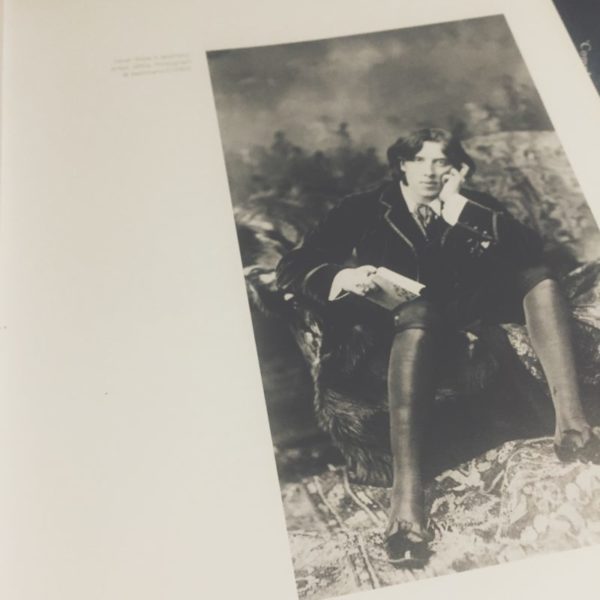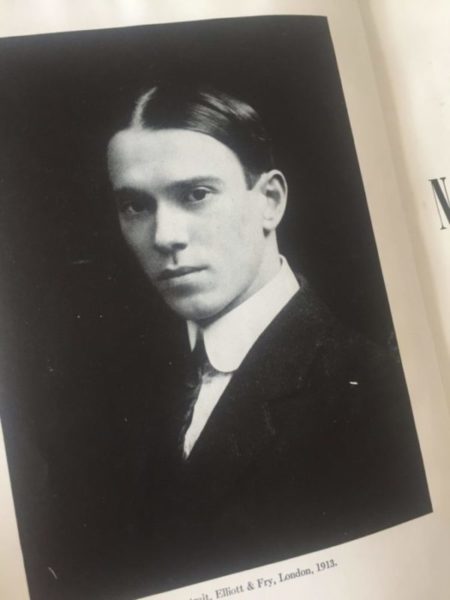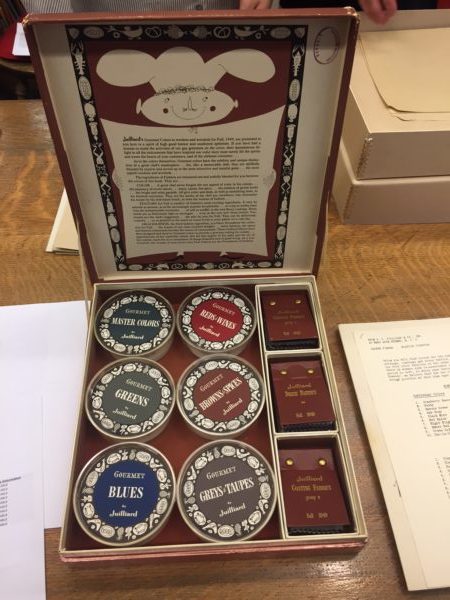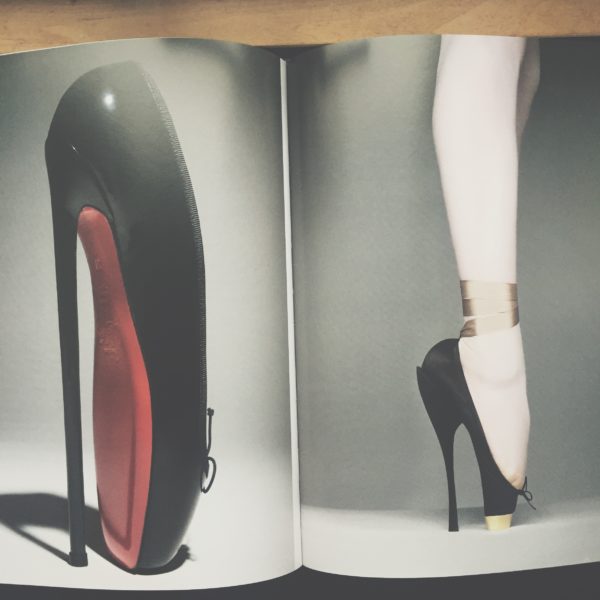The history of colour has been divided into many different areas of study, from aesthetic and cultural history, to dye and chemical research. I have been contemplating colour more recently, specifically in relation to fashion and design, to understand how wearing or looking at certain colour combinations can affect us emotionally. British artist and critical theorist, David Batchelor wrote that, ‘colour has been the object of extreme prejudice in Western culture’ (Chromophobia, 2000), evident from the nineteenth century onwards in which certain colour schemes held negative class associations. Josef Albers, a pioneer of Moderism, dedicated his practice to colour, and outlined in his 1963 Interaction of Colour handbook some key principles to his colour theory:
- Colours are in a continuous state of flux and can only be understood in relation to the colours surrounding them.
- All colours have two key elements of ‘brightness’ and ‘lightness’.
- How people see colour is subjective for everyone.
- Exploring and experimenting with colour is more important than the study of colour.

This is of course, a highly simplified summery of Albers’ theory, but is enough to allow a closer examination into a singular fashion house, Missoni. In 1953, Ottavio and Rosita Missoni established their knitwear workshop in their basement, and by 1966 they had their first fashion in Milan. Ottavio and Rosita were inspired by avant-garde art of the twentieth century, with a focus on Futurism and rhythmic compositions of bold, ‘pure’ colours.

The Fashion and Textile Museum in London curated an exhibition titled, Missoni, Art, Colour’ in 2016, which explored in depth the interwoven threads between Missoni’s knitwear and modernist art. Ottavio was himself an artist, his interest in experimenting with colour as outlined by Albers was revealed in his own paintings and tapestry studies. His use of geometric forms and ‘pure’ colours resemble artworks from Albers’ series: ‘Study for Homage to the Square’, and ultimately come to fruition in his clothing designs. Missoni’s use of knitted threads allows colour to react in a state of flux to each different coloured thread surrounding it, exploring the effects of colours by contrasting their ‘brightness’ and ‘lightness’.

In February, I visited the Guggenheim museum in New York and found myself fully immersed in colour and its emotional capabilities while looking around the ‘The Fullness of Colour:1960’s Painting’ exhibition. I was particularly captivated by Wojciech Fangor’s, ‘M 37’ painting from 1969, and how it’s simple green circular form appeared to bleed out into a vivid sky-blue ring, which then faded into the surrounding canvas. The application and contrast of these simple colours and shapes seemed to transcend its form and resonated a feeling of peace and calmness inside of me. On return from New York, I visited my favourite vintage shop in London, and immediately noticed a long sleeved, Missoni knit top. The vertical stripes of the top weave bright green threads into thin lines of white, which are then subdued by a deep purple. Only to be contrasted yet again by a thick stripe of bright pink, which illuminates next to the vivid orange. There was something that the impact of the paintings at the Guggeneheim exhibition had on me, that I felt was reflected in the composition of colours in this Missoni piece. If I could feel certain emotions looking at a painting’s colour and form, then how would others perceive and react to the experimental use of colour in this Missoni top?

I continue to chase the effect of colour and patterns in clothes especially in Missoni pieces, which have provided me with a new theoretical perspective on the already established connection between art and fashion. Each piece now holds a deeper meaning to me, as I come to appreciate the delicate art of Missoni’s knitwear technique, and influence of colour theory, form, and art. Perhaps in these times, now more than ever, we should consider how something so seemingly insignificant, can have such a big impact on our emotions and well-being. Not only for ourselves, but for others who may find a fleeting moment of peace or joy when appreciating colour in clothing.
References:
- Batchelor, David, Chromophobia, (Reaktion books, 2000)
- Blaszczyk, Regina Lee, ‘The Design World’s Passion for Colour’, Journal of Design History, (Oxford University Press on behalf of Design History Society, Vol. 27, No. 3, 2014), pp. 203-21
- Fashion and Textile Museum, ‘Missoni, Art, Colour’, exhibition, 2016 https://www.ftmlondon.org/ftm-exhibitions/missoni-art-colour/
- Hoecherl, Marlies, ‘Theoretical Aspects of Colour’, Controlling Colours, (Archaeopress Archaeology, 2016)























